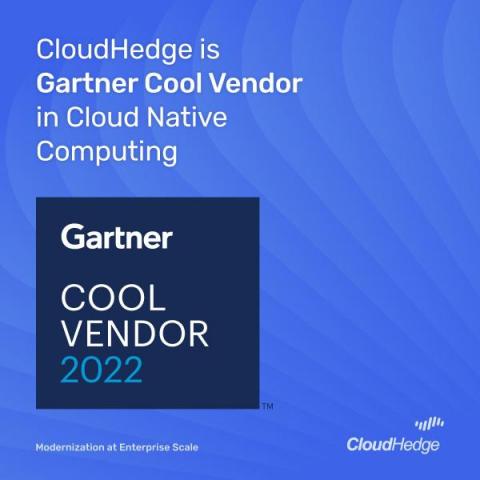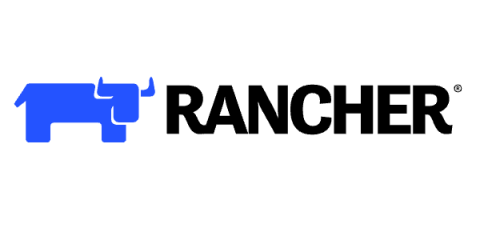Operations | Monitoring | ITSM | DevOps | Cloud
Latest News
Maximize Cloud Savings: Advanced Cost Reduction Strategies
Cloud migration can be a powerful way for organizations to reduce costs and improve efficiency. However, simply moving to the cloud is not enough - there are a number of tactics that teams can adopt to maximize cost savings. In this article, I will first explore some common tactics that cloud migration teams use to reduce costs, then share advanced strategies that our most successful customers use to truly take advantage of the cloud for all of its far-reaching benefits.
Cloud storage pricing - how to optimise TCO
The flexibility of public cloud infrastructure allows for little to no upfront expense, and is great when starting a venture or testing an idea. But once a dataset grows and becomes predictable, it can become a significant base cost, compounded further by additional costs depending on how you are consuming that data.
How to Assess Current Workloads for a Cloud Migration
CloudHedge is Gartner Cool Vendor in Cloud Native Computing
Iselin, New Jersey – 19th January 2023 – CloudHedge Technologies, an industry pioneer with its end-to-end Continuous Application Modernization platform, OmniDeq™, has been named Cool Vendor in Cloud-Native Computing by Gartner. The report acknowledges CloudHedge’s ability to securely deliver agile digital transformation and modernization journeys for large-scale enterprises, enhancing their efficiency.
2bcloud Supports Stor.ai with AWS Adoption in Multi-Cloud Environment
Stor.ai is a retail market ecommerce solutions provider. Its state-of-the art white label retail platform allows clients to quickly and easily connect to inventory, position their brands to develop customer loyalty, and boost average order value. Running a large cloud-based operation requires a well-provisioned cloud platform capable of managing the load and delivering peak performance.
Log Analytics in Cloud Logging is now GA
Cloud Logging’s Log Analytics, with advanced search, as well as aggregation and transformation of all log data types, is now generally available.
Logic App Best practices, Tips, and Tricks: #19 Protect your Logic Apps (Part II)
Cloud Observability For IT
Observability has become increasingly important for IT professionals as the complexity of modern systems has grown. In the past, IT environments were typically composed of a few servers and applications that were all running on-site. However, with the rise of cloud computing, IT has become more distributed, with applications and services running on a wide variety of infrastructure and platforms.
Challenges and Solutions with Cloud Native Persistent Storage
Persistent storage is essential for any account-driven website. However, in Kubernetes, most resources are ephemeral and unsuitable for keeping data long-term. Regular storage is tied to the container and has a finite life span. Persistent storage has to be separately provisioned and managed. Making permanent storage work with temporary resources brings challenges that you need to solve if you want to get the most out of your Kubernetes deployments.











